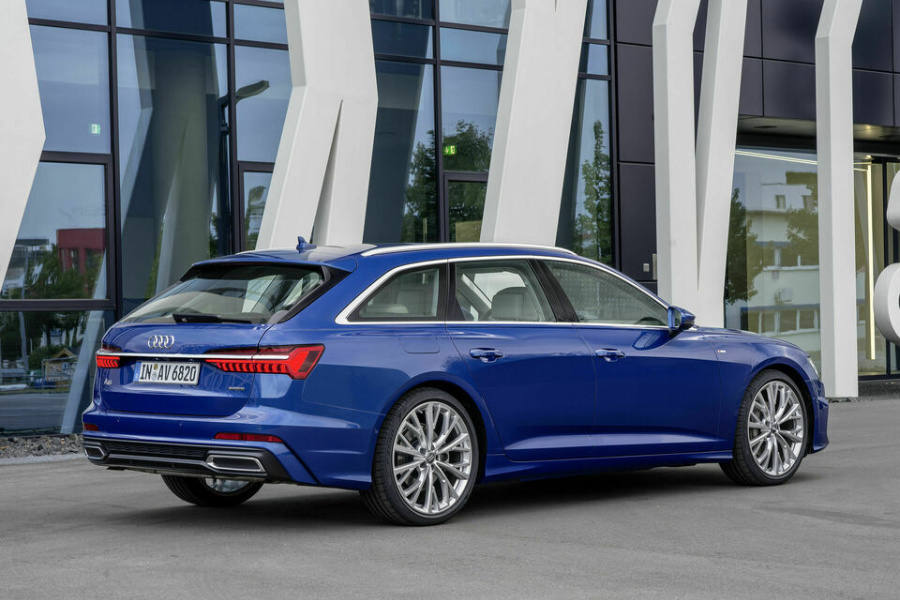With rising new and used car prices, keeping your current vehicle rolling along is extremely appealing right now. But just how much repair money should you sink into an aging ride before calling it quits?
Knowing the tipping point can save you big down the road.
As a rule of thumb, once your vehicle hits 10 years or 150,000 miles, repairs often accelerate. And once annual fix costs exceed half the car’s total value or market price, the scales generally tilt toward replacement.
But we always tell our European vehicle customers that averages don’t tell the whole story. Well-maintained makes and models — think Audis or BMW 5 Series— easily exceed 200,000+ miles these days. Evaluate your unique situation below when weighing the repair vs. replacement decision.
Considerations
- Vehicle Market Value: Research online quotes and local listings for your car’s year and model in good condition. This sets the baseline number to weigh against future repairs.
- Repair Costs: Tally all fixes and maintenance items over the past 2 years. Things like brakes, batteries, and sensors add up. Divide the total by 24 months to get a monthly average for perspective.
- Monthly Ownership Costs: Consider your typical gas, insurance, registration, and loan payments to operate the vehicle monthly.
With numbers in hand, compare your average monthly repair costs against 50% of your car’s overall market value. If you’ll spend more on near-future repairs, the savings favor replacement. But if the car checks all other boxes, repairs may still make sense short term or hold resale value for trade-ins.
While an aging vehicle demands TLC, sound analysis should drive big decisions — not emotions. Arm yourself with numbers to decide what’s truly worth its salt.
Contact us at A1 Performance Auto Repair European Specialist if you have questions or need any help with your European vehicle.




Recent Comments